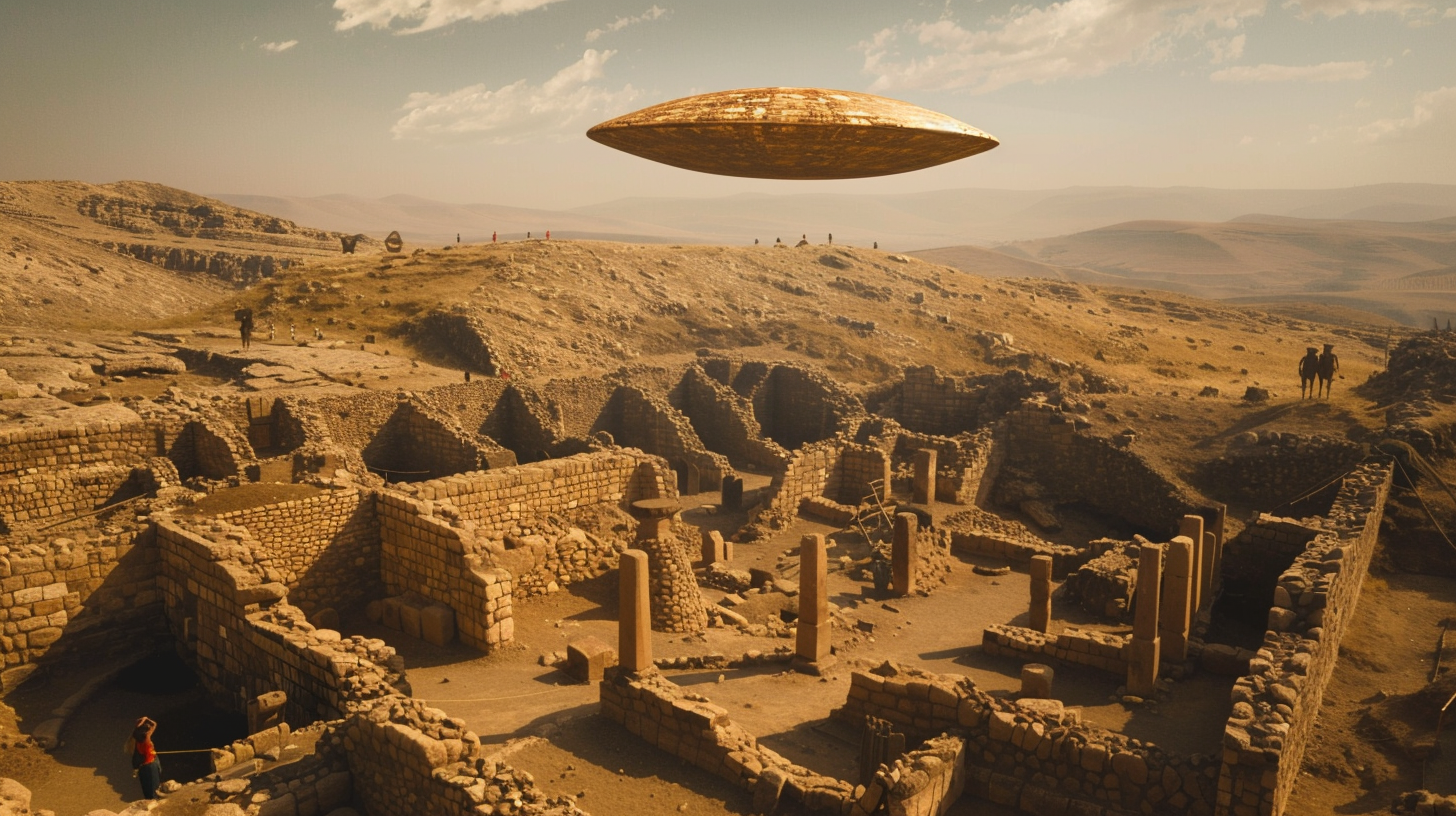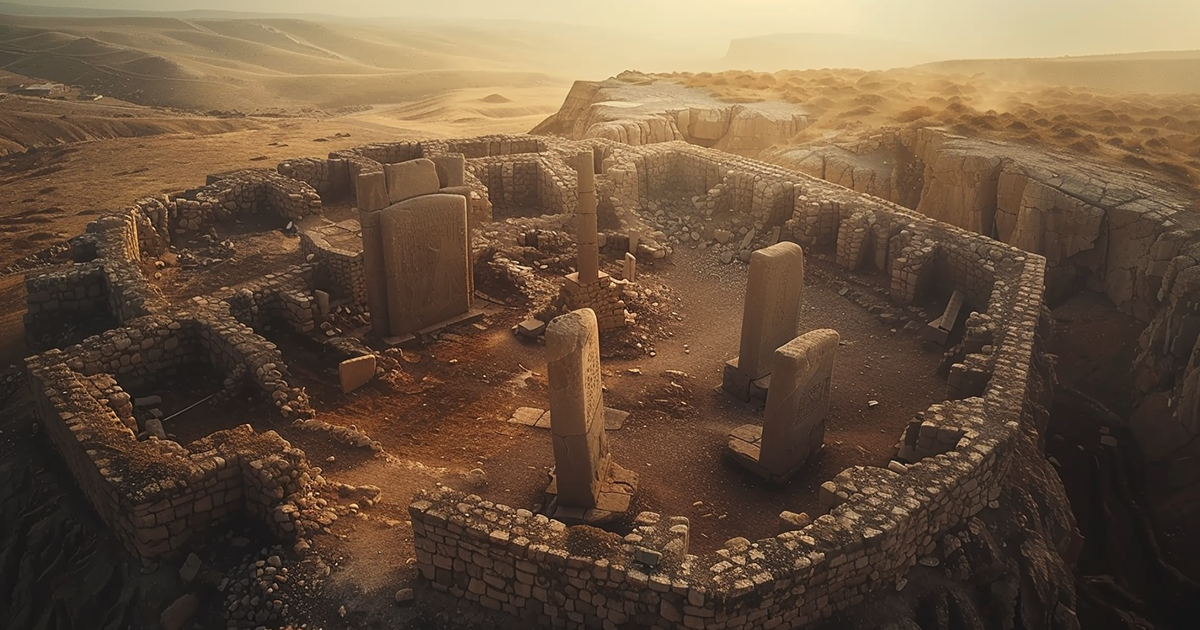Nestled amidst the ancient plains of Turkey lies a marvel that defies conventional wisdom. An architectural masterpiece older than the Egyptian pyramids and Stonehenge, Göbekli Tepe stands as a testament to the ingenuity and enigma of our ancient ancestors. Built over 12,000 years ago, this site continues to captivate the imagination of historians and archaeologists alike, challenging the very fabric of human history.
Göbekli Tepe, shrouded in mystery, beckons us to unravel its secrets. Imagine a place where nomadic people, devoid of metal tools or animal power, erected a complex structure that defies explanation. Today, we embark on a journey back in time, delving into the deep mysteries of Göbekli Tepe, where every carving and geometric pattern hints at a profound connection to the cosmos and a lost civilization.
Located in Southeastern Anatolia, Turkey, Göbekli Tepe is renowned for its large circular structures adorned with massive stone pillars—identified as the world’s oldest known megaliths. These pillars, some reaching up to 30 meters in diameter, are adorned with intricate anthropomorphic details and sculptural reliefs of wild animals, providing invaluable insights into prehistoric religion and iconography.

The uniform design of Göbekli Tepe’s structures is striking—each circle containing two large T-shaped pillars facing each other, carved from local limestone quarried approximately 100 meters from the site. Despite the speculative nature of whether these structures were roofed, the presence of plaster remnants on the walls suggests the likelihood of covered roofs.
Carbon dating places Göbekli Tepe’s origins around 12,000 years ago, during the pre-pottery Neolithic period. Initially discovered in the 1960s, its true significance was not realized until 1994 when a local shepherd unearthed one of the columns, revealing intricate reliefs. Since then, continuous excavations have unveiled a treasure trove of artifacts, reshaping our understanding of ancient civilizations.
Contrary to initial assumptions of Göbekli Tepe as a Byzantine graveyard, subsequent excavations have revealed a complex spiritual center rather than a permanent habitation. Hunter-gatherers, living in harmony with nature, constructed this mystical site, dedicated to ceremonies and rituals.
The significance of Göbekli Tepe extends beyond its architectural marvels. Recent discoveries, including human and animal statues, suggest a complex social and spiritual hierarchy, challenging conventional narratives of ancient societies.
Speculations abound regarding Göbekli Tepe’s purpose and builders. Some propose extraterrestrial influence, while others suggest a connection to catastrophic events like the Younger Dryas impact. The site’s alignment with celestial bodies and its symbolic motifs hint at a profound understanding of astronomy and cosmology.
As we delve deeper into Göbekli Tepe’s mysteries, one thing becomes evident: it defies easy explanation. It serves as a silent witness to a forgotten era, leaving us with more questions than answers. Yet, its legacy endures, inspiring us to contemplate the origins of human civilization and our place in the cosmos.
Göbekli Tepe stands as a testament to human ingenuity, a reminder that our ancestors possessed knowledge and skills far beyond our comprehension. As we continue to explore its depths, Göbekli Tepe invites us to reimagine our past and contemplate the possibilities of our future.

17 thoughts on “Unveiling the Enigmatic Legacy of Göbekli Tepe: A Journey into Ancient Mysteries”
Comments are closed.